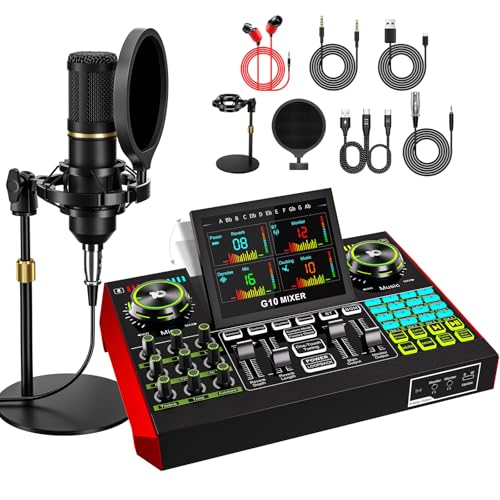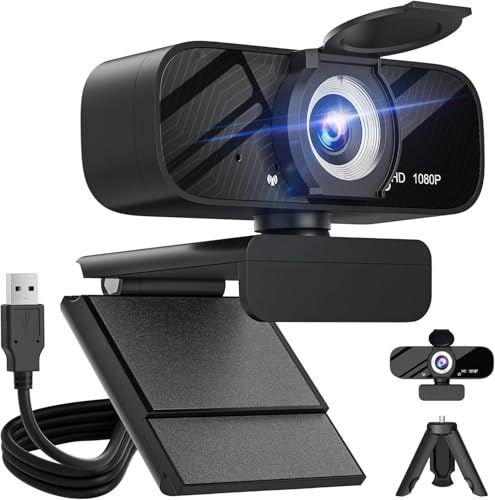Maximizing Your Reach: Effective Marketing Strategies for Facebook Marketplace Ads
Introduction
Overview of Facebook Marketplace Ads
Facebook Marketplace has become a popular platform for buying and selling items locally. With millions of users, it offers a unique opportunity for businesses to reach potential customers effectively. Advertising on Facebook Marketplace allows you to showcase your products directly to interested buyers in your area.
Importance of Advertising on Facebook Marketplace
Using ads on Facebook Marketplace can significantly increase your visibility and sales. Unlike traditional advertising methods, these ads are targeted, meaning they reach people who are more likely to be interested in what you’re selling. This targeted approach not only saves money but also maximizes the chances of converting views into sales.
Understanding Facebook Marketplace
What is Facebook Marketplace?
Facebook Marketplace is an online platform where users can buy and sell items within their local communities. It’s integrated into the main Facebook app, making it easy for users to browse listings from various categories like electronics, clothing, furniture, and more.
How Does It Work?
Users can list items for sale by uploading photos and descriptions. Buyers can search for specific products or browse through different categories. When someone finds an item they like, they can message the seller directly through Facebook Messenger to negotiate prices or arrange pickups.
Setting Up Your Facebook Marketplace Ads
Creating a Business Account on Facebook
To start advertising on Facebook Marketplace, you first need a business account. Go to the “Create Account” section on the Business Manager page and follow the prompts. Once set up, you’ll have access to tools specifically designed for businesses that want to advertise their products.
Designing Effective Ad Campaigns
When creating ad campaigns, focus on clear objectives such as increasing brand awareness or driving traffic to your product listings. Use eye-catching visuals and concise text that highlights key features of your products. Experiment with different formats like carousel ads or video ads to see what resonates best with your audience.
Targeting the Right Audience
Utilizing Facebook’s Targeting Features
Facebook offers powerful targeting options that allow you to reach specific demographics based on age, location, interests, and behaviors. By using these features wisely, you can ensure that your ads are seen by those most likely to purchase from you.
Identifying Your Ideal Customer Profile
Understanding who your ideal customer is crucial for effective marketing. Create a profile based on factors such as age group, gender, interests related to your product category, and shopping habits. This will help tailor your messaging and targeting strategies accordingly.
Crafting Compelling Ad Content
Writing Engaging Ad Copy
Your ad copy should be engaging yet straightforward. Highlight what makes your product unique while addressing potential customer pain points. Use action-oriented language that encourages viewers to click through or contact you for more information.
Importance of High-Quality Visuals
High-quality images are essential when advertising on any platform but especially so in visual marketplaces like this one. Ensure that photos are well-lit and show the product from multiple angles; this builds trust with potential buyers and increases engagement rates.
Budgeting and Bidding Strategies
Understanding Advertising Costs on Facebook Marketplace
Costs vary depending on several factors including competition in your niche and how broadly you’re targeting audiences. Generally speaking, expect costs per click (CPC) or cost per thousand impressions (CPM) models when budgeting for ads.
Tips for Setting a Competitive Bid
To maximize exposure without overspending, research average bid amounts in your category before setting yours. Start at a competitive rate but adjust based on performance metrics over time—this will help ensure you’re getting good value from each campaign.
Measuring Success and Analyzing Performance
Key Metrics to Track for Your Ads
Monitor metrics such as click-through rates (CTR), conversion rates (CR), return on ad spend (ROAS), and engagement levels (likes/comments/shares). These indicators provide insights into how well your campaigns perform against goals set during planning stages.
Tools for Analytics and Reporting
Utilize tools like Google Analytics alongside built-in reports offered by Facebook Ads Manager; both provide valuable data about user interactions with advertisements which helps refine future strategies effectively!
Best Practices for Facebook Marketplace Ads
Dos and Don’ts of Marketplace Advertising
- Do create clear calls-to-action encouraging immediate responses!
- Don’t use misleading information about products—honesty fosters trust among consumers leading them back again later!
Additionally: Do engage promptly with inquiries while avoiding spammy tactics which could alienate prospective buyers instead!
Case Studies of Successful Campaigns
Many brands have thrived using strategic approaches tailored specifically towards their target markets! For example: A local furniture store increased sales by 30% after implementing targeted ads showcasing seasonal promotions combined with high-quality imagery appealing directly toward homeowners looking refresh spaces!
Conclusion
In summary: Leveraging effective marketing strategies within platforms like FB marketplace opens doors new opportunities reaching broader audiences efficiently! As trends evolve continuously adapting techniques ensures staying ahead competition remains vital moving forward into future landscapes digital commerce holds promise exciting growth potentials ahead!
📢 Explore More: Continue Your Journey!
If this article helped you understand how to optimize your advertising efforts effectively check out Maximizing Engagement Through Social Media Marketing! It covers essential tips helping you connect better with customers across various social platforms.

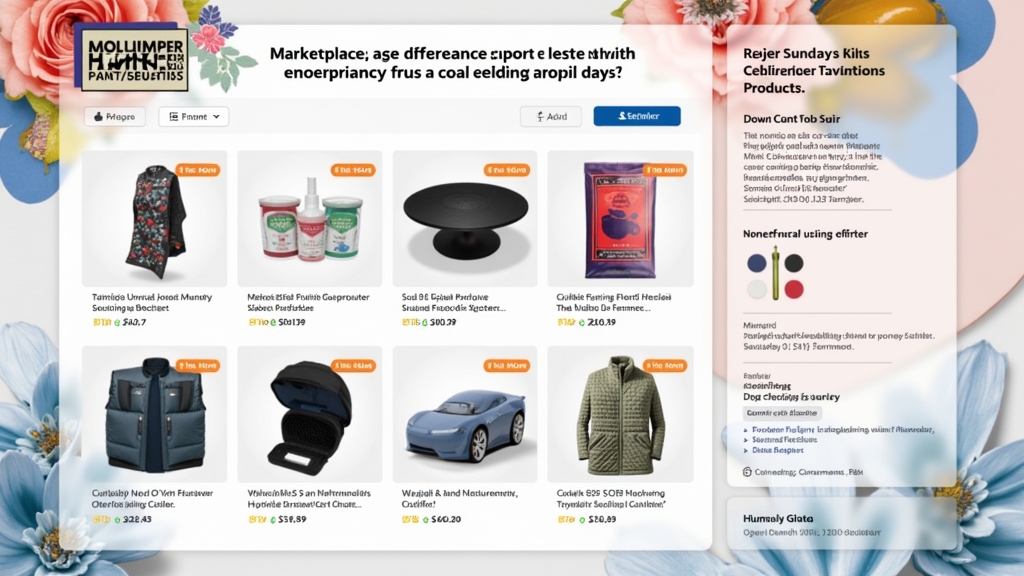




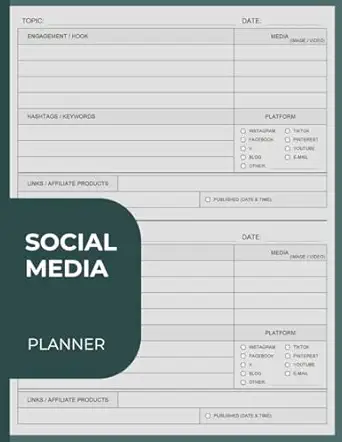



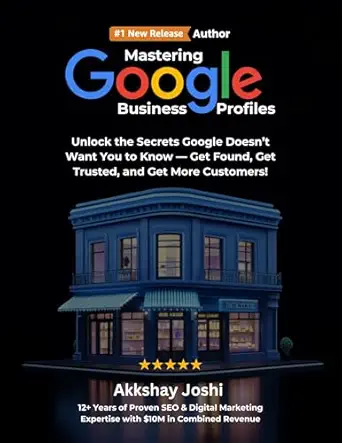



![NEEWER 55W 18"/45cm Ring Light Kit [New Version], 5600K Dimmable ...](https://m.media-amazon.com/images/I/414QLqvZWLL.jpg)

